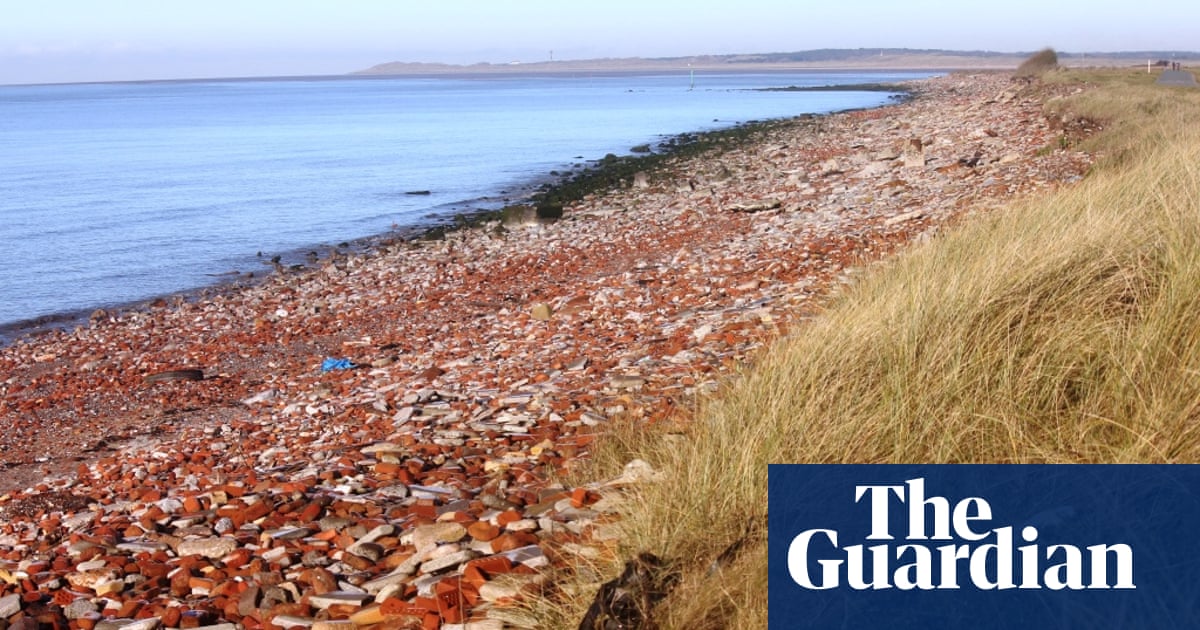
“It has been a miracle,” whispers biologist Gabriel Llorens Folgado as he studies a tumble of granite boulders for any signs of movement. The miracle is that Spain’s lynx population has been saved. Today, in the wildflower-coated hills of the Sierra de Andújar in southern Spain, Folgado is looking for Magarza and her four cubs. “When I first saw a lynx, 20 years ago, there were fewer than 100 in just two places in Spain. I never stopped hoping, but I thought they might disappear,” he says.
The Iberian lynx was the world’s most endangered cat 20 years ago, but after a number of EU Life projects, today there are more than 1,000 across Spain and Portugal. Carmen Rueda Rodriguez from the conservation group CBD Habitat, who has been working with the Iberian lynx since 2014, says the EU funding programme has been a gamechanger.
“In the 1990s everyone knew the lynx was in decline but no one knew how to stop it,” she says. “The first projects started looking for lynx and that led to realising there were fewer than 100 left.” What followed was “lynx intensive care” – capturing some of the few remaining lynx and putting them into a breeding programme, alongside rebuilding myxomatosis and haemorrhagic fever-ravaged wild rabbit populations. Building on that success, the aim of the fourth phase, Lynxconnect, is to link up populations established across Spain and Portugal to improve genetic diversity.
In 1992, when the EU agreed the habitats directive and launched Natura 2000, the largest coordinated network of protected areas in the world, the EU Life funding programme came into being. Today, May 21, it is celebrating its birthday. In the last 30 years it has supported 5,500 projects and spent €6.5bn (£5.5bn) up to 2020, with a further €5.4bn pledged for the period 2021 to 2027.
Threatened species that have benefited from Life projects include European bison, Marsican and Cantabrian brown bear populations, the Siberian flying squirrel, European mink, various vultures and raptors, yelkouan shearwaters in Malta, capricorn beetles in Sweden and seven species of sturgeon in the Danube river system. Some projects build ecological knowledge, others implement conservation measures; many promote knowledge of endangered species and foster public support.
In Spain, it is not just the Iberian lynx that has benefited from Life projects. The Sierra de Andújar is also home to the Spanish imperial eagle. Endemic to Spain and Portugal, in the 1960s the birds were reduced to 30 pairs, mostly due to poisoning, collapsing rabbit populations and electrocution. José Luis Sánchez, a biologist at Iberian Lynx Land, says: “The main problem was electrocution. When eagles perched on pylon towers their wings spanned the wires on both sides and they were killed.” Life projects enabled about 15,000 electric pylon towers to be modified with rubber to insulate the wires, while agreements with private landowners generated more than 22,000 hectares (54,353 acres) of new eagle-friendly habitat. Now there are thought to be more than 1,000 of the eagles – Spain’s national bird – breeding across the Iberian peninsula.
Although led by science, the main focus of Life – which celebrates its 30th anniversary on 21 May – is using practical measures to deliver effective conservation, says Jason Hall-Spencer from the University of Plymouth, who works on combating invasive lionfish in the eastern Mediterranean. The Relionmed-Life project includes developing markets for lionfish as a food (“the best fish I’ve ever eaten!”) and a source of unique fish-fin jewellery, as well as setting up an early detection system and targeted removal.
“Getting the baseline science right is key,” says Hall-Spencer, “but the whole point of Life projects isn’t primarily scientific, it’s social.”












